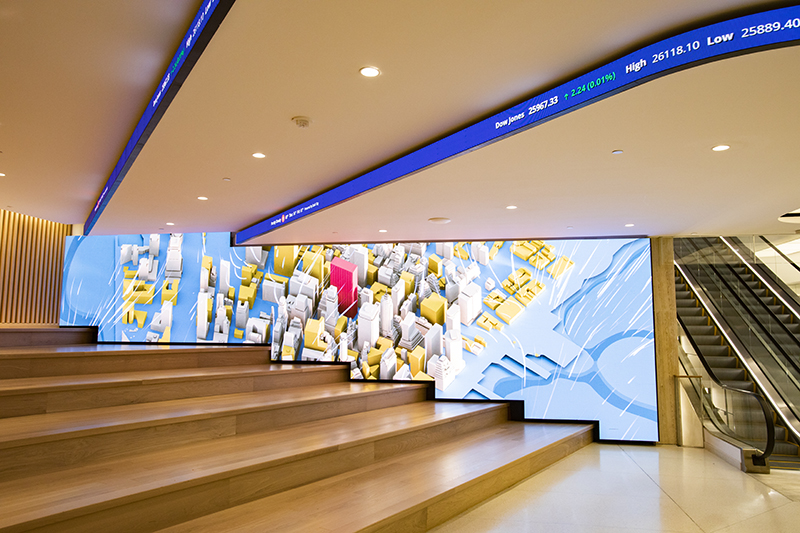Exploring the Effect of Contrast Ratios on Optical Clarity and User Response
Wiki Article
Contrast proportions are an critical principle in visual composition and human perception. They refer to the difference in brightness between the brightest and deepest parts of a visual display. A higher contrast level means that there is a larger differentiation between bright and dim areas, which can significantly affect how clearly we see images, content, and other visual elements. This is particularly crucial when considering how people with different visual abilities perceive information. Understanding contrast ratios helps designers develop more accessible interfaces, whether for websites, promotions, or instructional content.

The significance of brightness levels can be observed in various applications, such as televisions, computer screens, and mobile devices. In these technologies, a high contrast level enables crisper images and clearer text. For example, when watching a film or engaging in video games, high visual separation can enhance the viewing engagement by making elements more distinct. This is also true for viewing typography on screens; a pronounced difference between the text hue and background color can prevent visual fatigue and enhance clarity. As people engage with online content daily, creators must prioritize optimal visual balance settings to ensure ease and legibility.
Different user groups may perceive contrast ratios in distinct ways. For people with sight limitations, such as color blindness or low vision, adequate contrast is vital for understanding content presented graphically. Designers must consider these variations when developing content. Tools like contrast analysis tools can help assess whether the selected hues offer enough separation for all users. By ensuring proper visual standards, professionals not see post only render their output inclusive but also demonstrate inclusivity in their designs.
In addition to inclusivity factors, contrast ratios play a crucial function in visual design quality and general UX. A thoughtfully crafted layout applies palette choices that not only draw attention but also lead visitors through information effectively. For instance, highlighting key controls or information with contrasting colors enables individuals move through easily. When users are able to differentiate between varied elements on a screen, they are more likely to engage with the content and complete tasks efficiently.
Finally, as technology continues to evolve, the importance of understanding contrast ratios remains relevant. Innovations in display technology provide opportunities for even better image clarity. However, without thoughtful consideration of how contrast influences human perception, advancements may not reach their full effectiveness. Visual professionals and technologists must remain updated about standards concerning contrast ratios to ensure that their work remains effective and user-friendly across multiple systems and screens. By emphasizing visit this site right here these principles, they can enhance communication and build a more visually inclusive online environment.